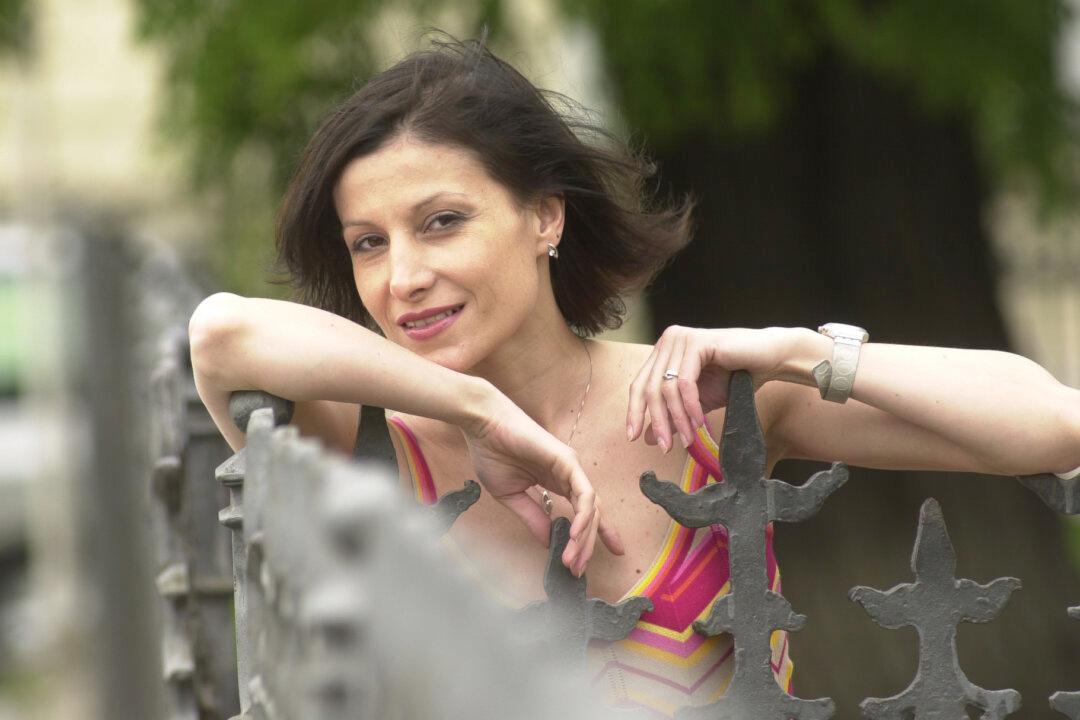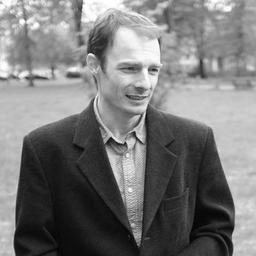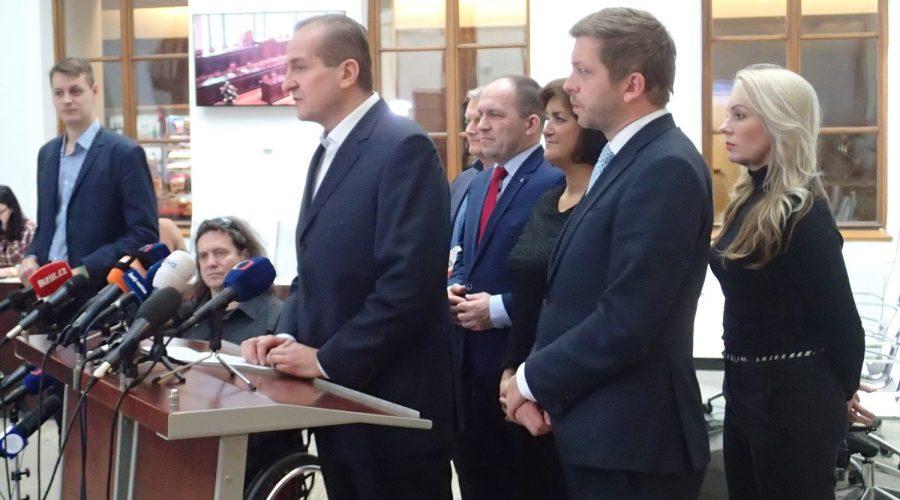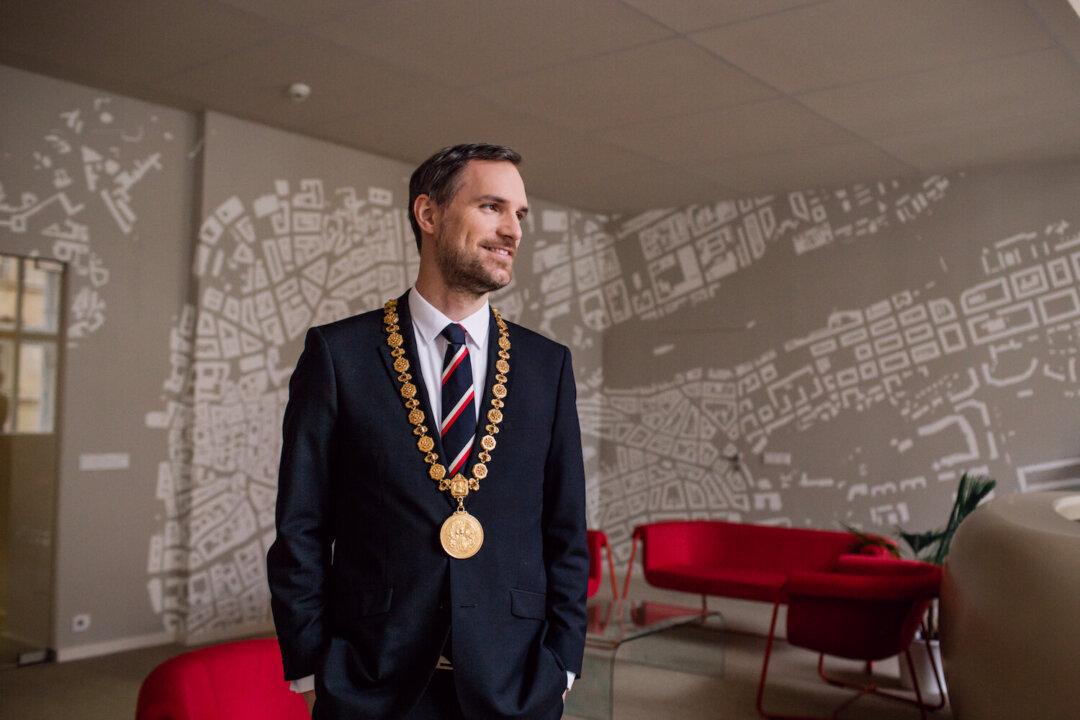PRAGUE—According to critics, Czech ballerina Tereza Podarilova shone as Tatiana in “Onegin,” and as Katherine in “The Taming of the Shrew,” created by the world-famous choreographer John Cranko. She won Thalia Awards for both roles.
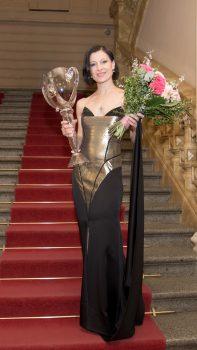
Tereza Podarilova with a Thalia Award for her role as the Marquise de Merteuil in “Valmont.” J. Podaril

